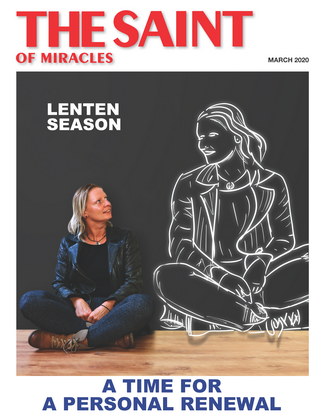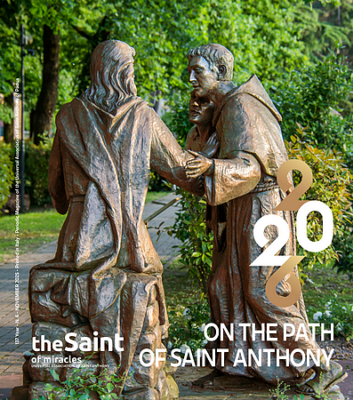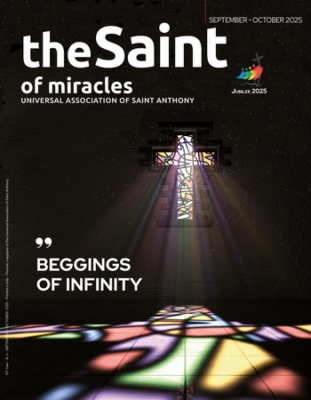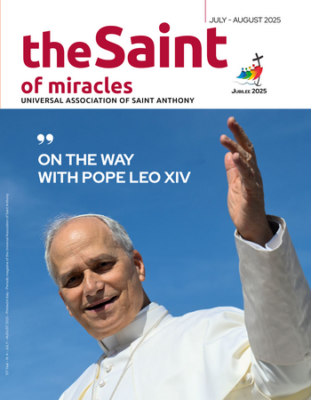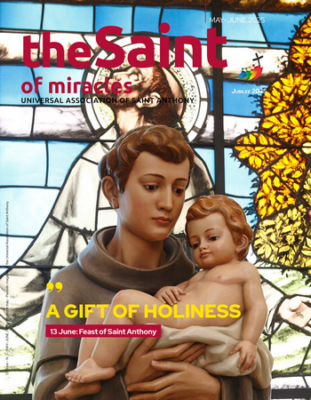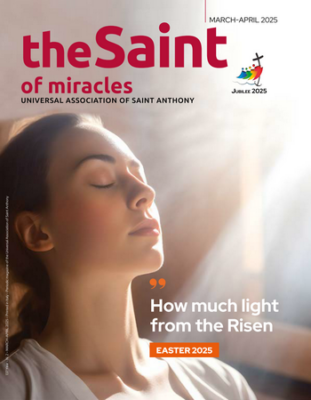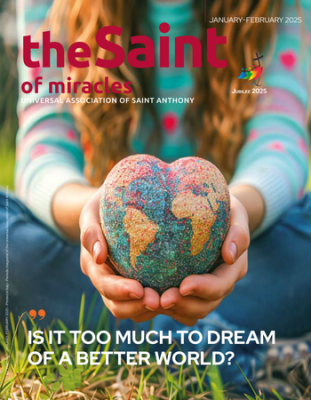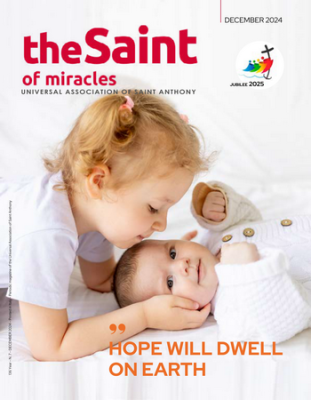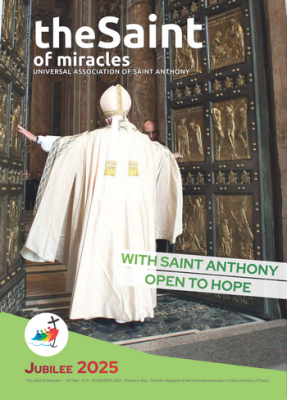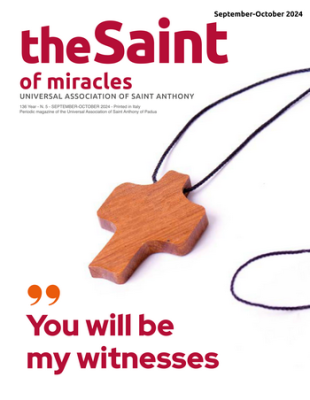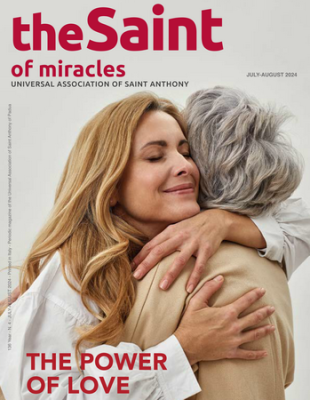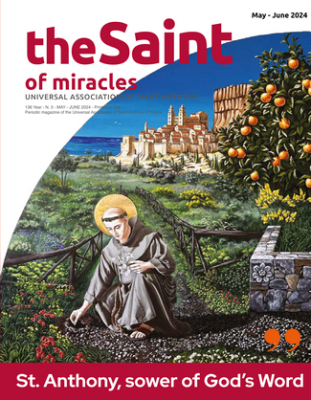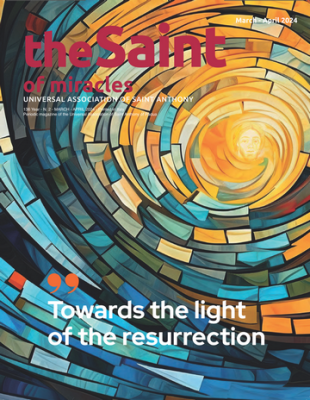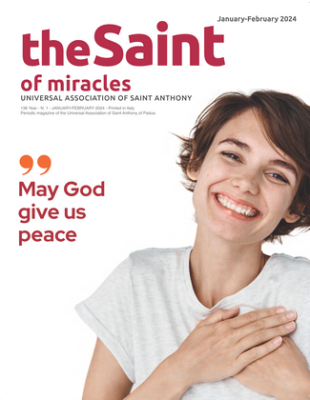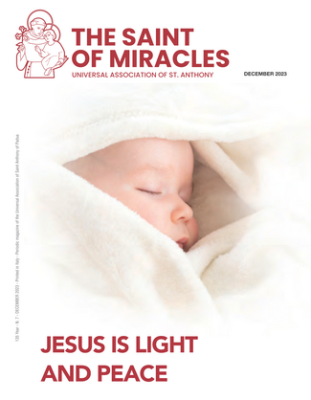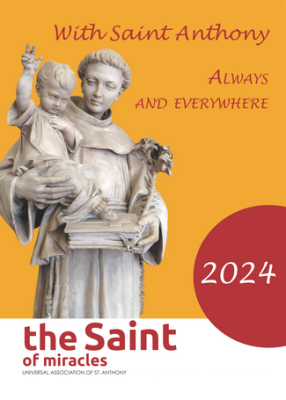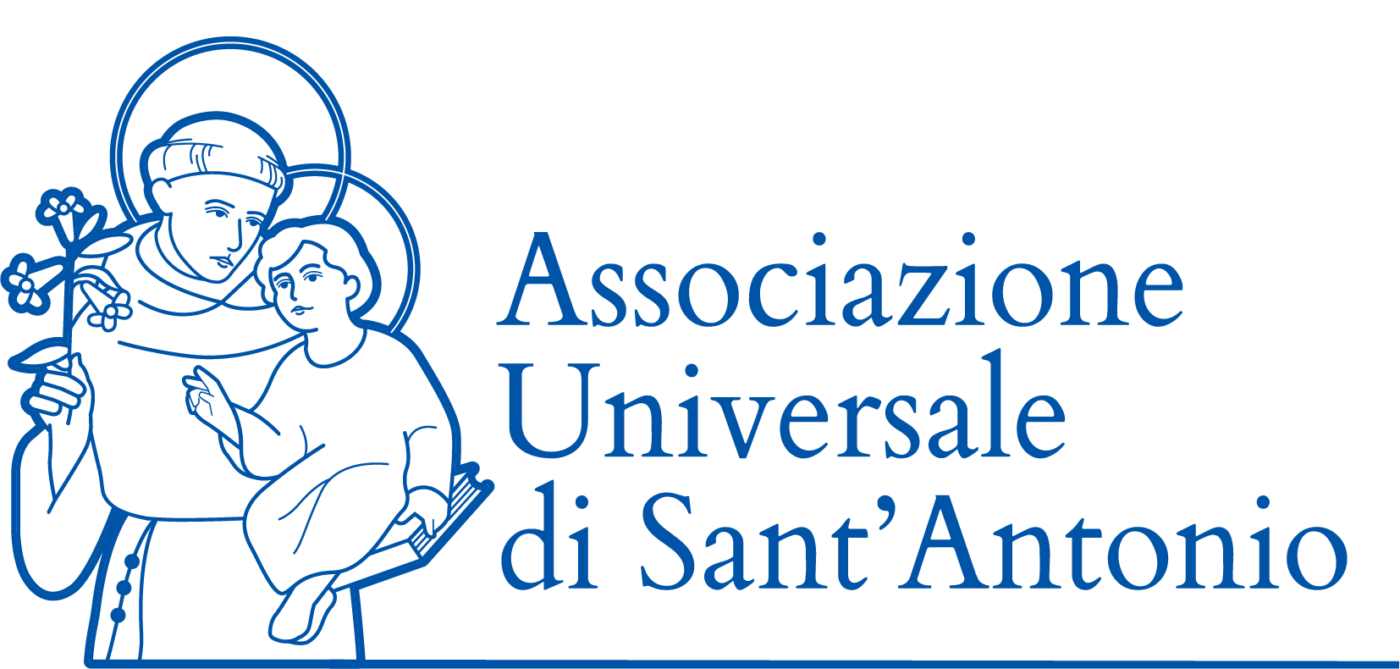Year 132 - March 2020Find out more
Lent: a time of healing
Fr. Chino Biscontin

It is instructive to see how Lent has gradually been formed under the impetus of a vigorous ecclesial faith. Since the second century we have evidence of preparation for Easter celebrations through a period of fasting. But it was in the fourth century, first in the East and then in the West, that the “forty days” acquired their own structure.
They are full of biblical symbolism: forty days of the flood, of Moses on Sinai, of Elijah’s pilgrimage to the Horeb, of Jonah in the belly of the whale, the forty years of the people in the desert, the forty days of Jesus in the desert. In imitation of Jesus, they prepared for the Easter celebrations with the practice of fasting, accompanied by prayer with meditation on the Scriptures, and alms given to the poor.
This time was also used in the preparation of adults for Baptism, the catechumenate, of which it represented the last part: Baptism was celebrated during the Easter Vigil. This period was also wisely chosen as the last stage of the penitential journey for those Christians who, after Baptism and in spite of its grace, had committed serious sins that involved “excommunication”, with a view to conversion. Reconciliation (the sacrament of Penance) took place on Holy Thursday and was prepared for it with ascetical practices.
Thus Lent is characterized by three elements: baptismal, penitential and the Easter journey, to be understood as a progression towards holiness. To inaugurate this time there is the rite of the imposition of ashes, accompanied by two exhortations: “Remember that you are dust and to dust you shall return” (Gen 3:19); “Repent and believe in the gospel” (Mk 1:15). Earthly life is fragile, short and unique: it requires vigilance and care.
Faith in the Gospel, the proclamation of the inexhaustible goodness of God who cares for our salvation, is indispensable for a beautiful life because it is good in the eyes of God. Lent has a pressing ecclesial relevance. The growing difficulty in making the youngest people enter into an experience of faith is a dramatic threat to the continuity of the Christian tradition, which has its constant origin in Baptism.
Many parents who have also asked for baptism for their children, promising before God to educate them in the faith, have no care to teach them even the sign of the cross. It also has no lesser cultural urgency. The very few who have enormous financial accumulations to obtain further profits do everything they can to manipulate us and turn us into consumers. Lent could help us to see how many things we have bought and that are absolutely unnecessary.
Yet we know that consumerism can cause a new “deluge”, new disastrous destruction of our “common home”. To induce us to be unreasonable consumers, exposed to the temptation to buy the unnecessary, they need us to be unhappy and restless. To achieve this, using the powerful tools that the media make available to them, they manipulate us by inducing us to have an individualistic (so we will not have the joy that only positive relationships can give) and superficial lifestyle (and so we will only listen to the “flesh”—impulses, instincts, pleasures—and we will no longer care about our soul, deep feelings, on which access to happiness depends).
So reduced, we will easily be prey to those who delude us that we can calm our restlessness and inner emptiness with the “things” that we are forced to acquire and that, once acquired, will exhaust in a very short time the intoxication they provide, leaving us more empty and unhappy than before. Lent is therefore welcome, an opportune time for our healing, our liberation, and our salvation!


 Italiano
Italiano Français
Français